Today, international foods are becoming more and more accessible to everyone. Food is a great way to show how a culture expresses itself through region-specific ingredients and flavors while exhibiting many years of perfecting the culinary art form.
With that, I am a strong believer in pronouncing (or at least trying to pronounce) foods correctly because, hey, it deserves the extra effort! Being half Japanese, I have heard my share of Japanese culinary terms butchered by Anthony Bourdain and other food stars, and I’m here to make sure that doesn’t happen anymore.
Here are 7 Japanese food-related words and their correct pronunciation.
1. Wasabi [wah-sah-bi, not wuh-sah-bi]
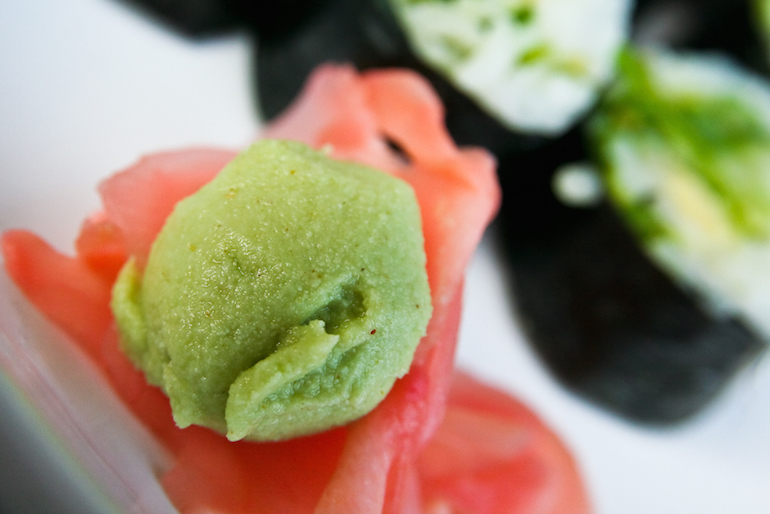
Photo by Steven Depolo
Wasabi is the pungent, green paste that often accompanies sushi rolls. The horseradish-like condiment is known to open up the nasal passages. Just like the sensation that it brings, the proper pronunciation requires a more “opened up” sound (wah-sah-bi) versus how it is commonly pronounced in the US (wuh-sah-bi).
2. Udon [oo-dohn, not oo-dawn or oo-dan]
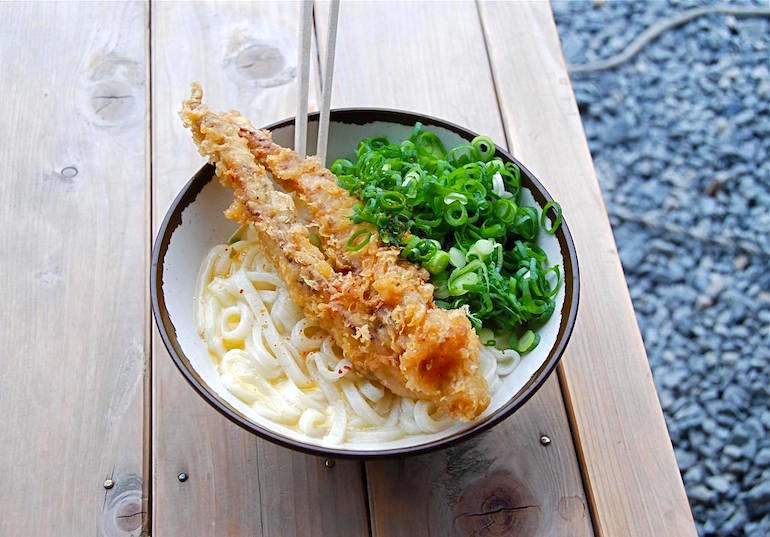
Photo courtesy of raneko on flickr.com
Udon is a thick, wheat flour noodle that has a soft texture, and is usually served in a hot broth with various vegetables and meat. This pronunciation is hard to understand without hearing it, so here is an audio file to help.
3. Sake [sa-keh, not sa-ki]
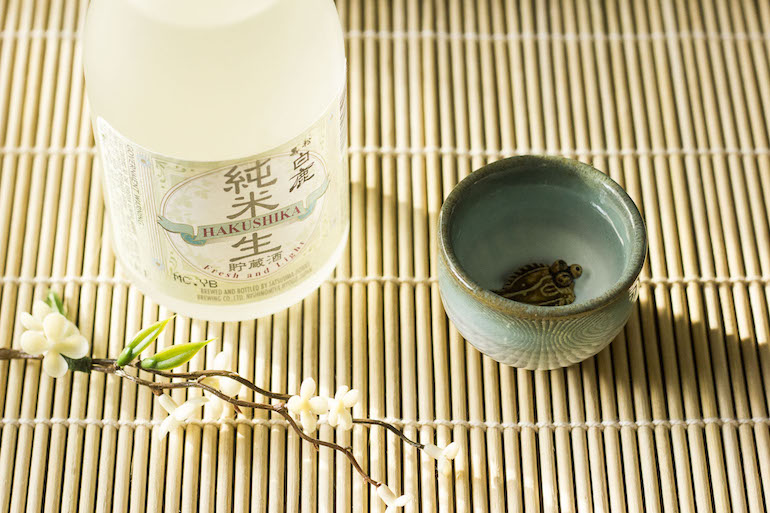
Photo by Natsuko Mazany
Sake is a popular alcoholic drink in Japan that is made from fermenting rice. The proper pronunciation for the rice wine that often finds its way on your table at the sushi bar is pronounced with an “eh” at the end, not an “ee” sound.
4. Fugu [who-gu, not foo-gu]
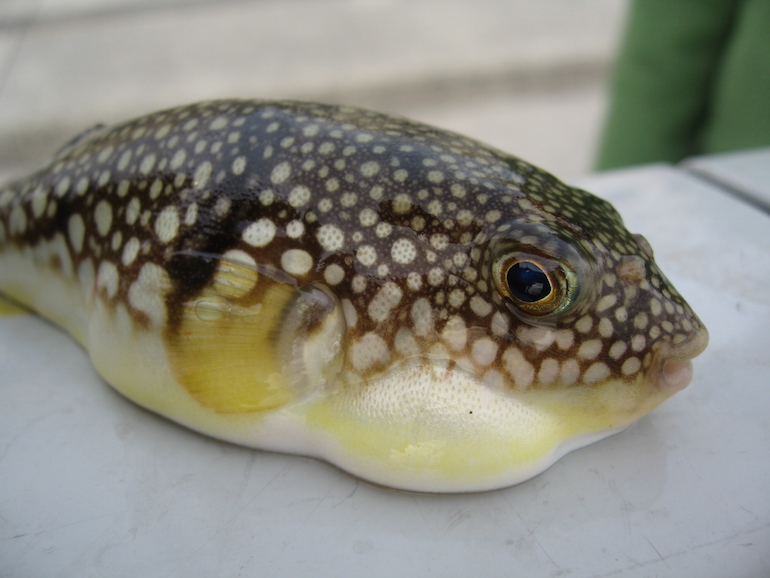
Photo courtesy of furibond on flickr.com
Though fugu has poisonous properties, licensed Japanese chefs who have dedicated at least 2-3 years of fugu preparation training are legally allowed to prepare and serve this poisonous puffer fish. Fugu is usually served as sashimi (raw) or used in Japanese hot pots.
When Japanese words are translated into English, the “fu” sound is pronounced more like saying the word “who” while blowing a candle out, rather than “foo.”
5. Kobe Beef [ko-beh, not ko-bee]
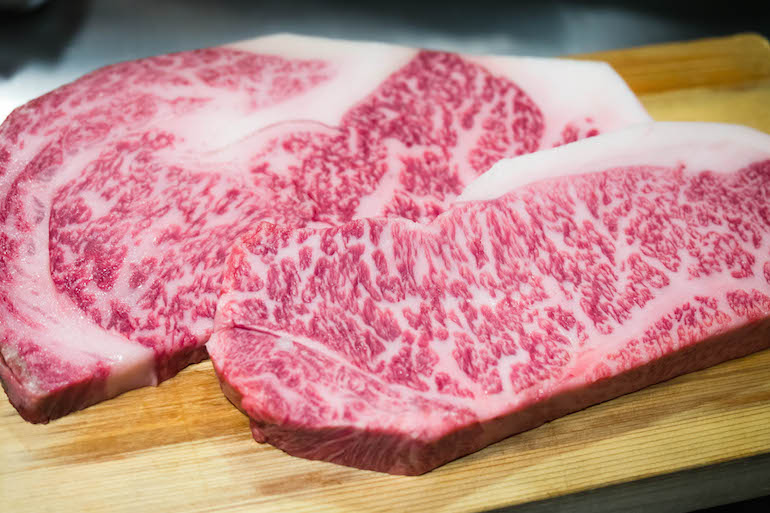
Photo by Allan Salvador
Kobe beef is a delicacy — not only in Japan, but around the world. What makes Kobe beef so special is that it must be prepared according to the strict rules of the Kobe Beef Marketing and Distribution Promotion Association.
The beef must come from the Hyogo prefecture (just like real Champagne must come from Champagne, France), have a specific fat marbling ratio, and be processed in a slaughterhouse that has been approved by the association.
So, remember: Kobe is not pronounced like the Lakers basketball player.
6. Panko [pahn-ko, not pain-ko]
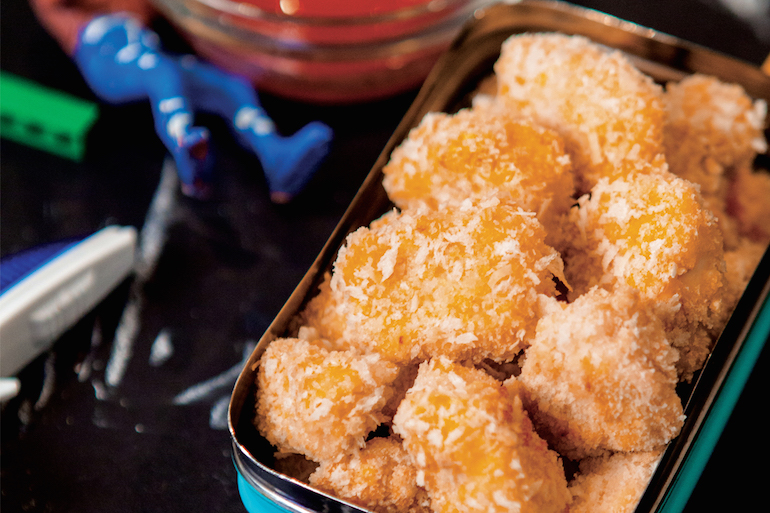
Photo by Daniel Schuleman
Panko has become a popular ingredient that chefs use to create crispy, crunchy, deep-fried foods that aren’t too heavy on the stomach. Panko is essentially a Japanese-style bread crumb that has been used for many years to make fried foods like tempura and tonkatsu. What makes these crumbs so special? They are made with crust-less bread.
7. Shiitake mushrooms [shee-tah-keh, not shi-tah-kee]
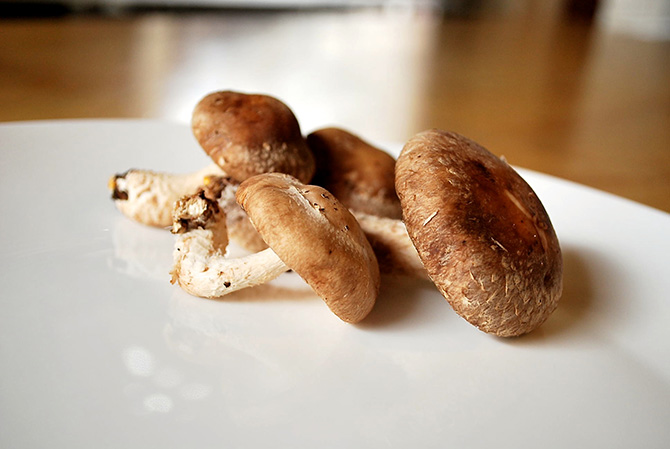
Photo by Stephanie DeVaux
Just like sake, shiitake’s “e” at the very end of the word is not pronouced “ee.” Shiitake mushrooms are extremely healthy and delicious fungi that are popular in a lot of Asian dishes. These mushrooms are very porous, so if you find yourself cooking them, use minimal water for cleaning and wipe them with a damp towel.
Despite the suggestive name, these mushrooms are raised in sawdust, so you don’t have to worry about fecal matter being involved.


